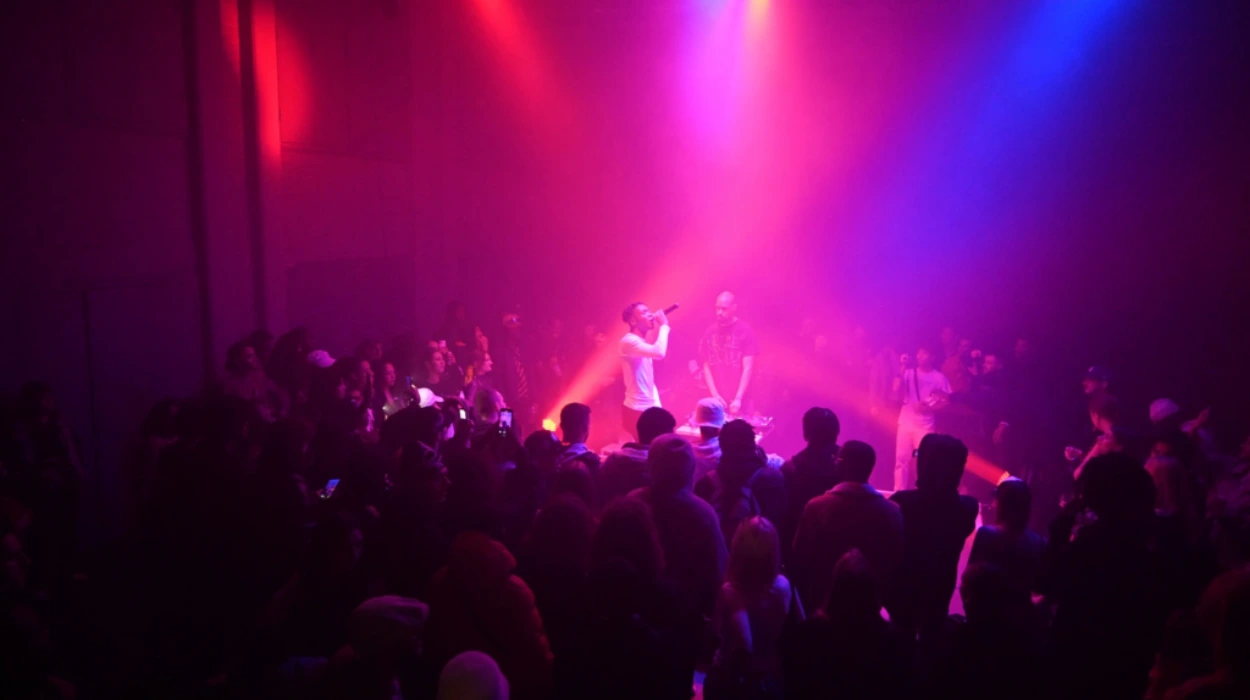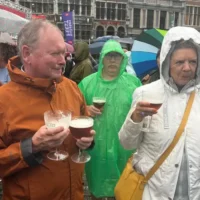Brussels (The Brussels Morning Newspaper): There is another point worth mentioning regarding one street which received its name from the Spanish fortress existing during 1672. This has become a cultural center for various fun filled events within its bar. A artist called Angel Vergara has enhanced this region through a beautiful mural depicting melodies typical to its vibrant ambiance.
The street was named after a fort built by the Spanish in 1672. Later in 1896 a German family named Gunther set up a piano factory there. They made good pianos that they sold worldwide. The factory shut down in the 1970s because of strong competition from Japanese piano makers.
How has the Flemish community transformed this cultural hub in Belgium?
Since the building was taken over by the Flemish Community it has changed a lot. It is now a cool cultural space in the city. Once a cultural center today it is a place for all kinds of culture related activities such as dance classes in Portuguese, Arabic lessons and poetry evenings among others. They have so many things going on that theres something for everyone to feel welcome and experience different cultures.
It stands as a vibrant hub for people of various cultures. Theres a café called Alcantara that serves coffee and serves as an ideal venue to chat with reputable people or just relax. This became the most recognizable and central place in town. The environment where tutoring was mixed with theatre performances and community events greatly influenced the artistic scene here. Based in Brussels Vergara is an artist from Spain whose mural made out of ceramic tiles on one side of this science centre looks like music notes and it is called Piano allegro ma non troppo. This is just one of the numerous interesting points Derek Blyth has drawn attention to in his famous publication called The 500 Hidden Secrets of Belgium concerning Brussels.



